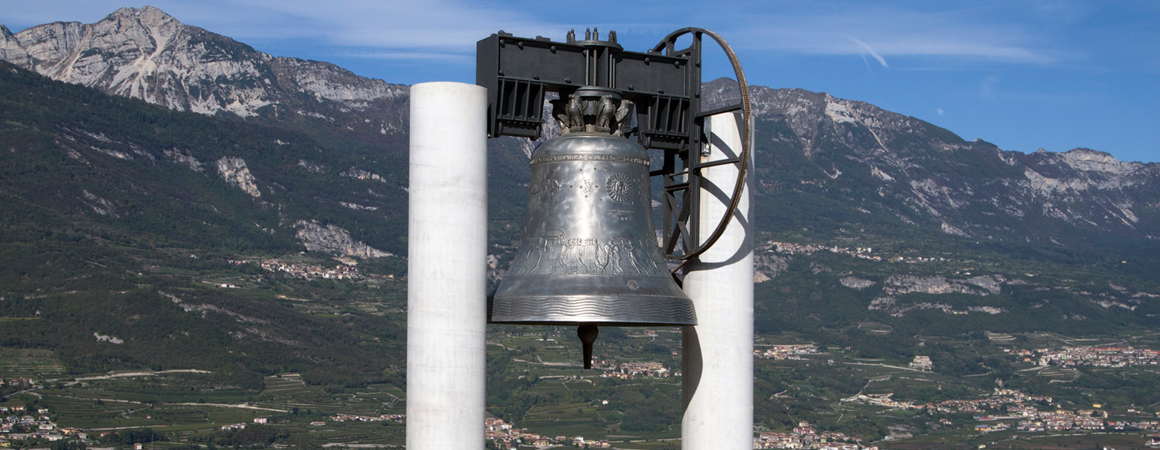FOR WHOM THE BELL TOLLS - P2
The idea was there, but the spirit was not. Not yet. There was a need to prepare the soul for Peace, to overcome all resentment, to shake hands with the enemy, to purify the memory. A concrete, public, symbolic gesture was needed.
On 19 October 1922, Don Rossaro was in Vienna for a meeting with representatives of the Ministry of War. The enemies had become men and when men meet they can talk, explain their perspective and sometimes understand each other. Things had changed in recent years and the time had come to illustrate to the representatives of the government of the new Republic next door the design of a Peace Bell cast from the bronze of the cannons of the nations that had fought against one another in the Great War. The transalpine officials agreed, but offered a cannon 'in memory of the Austrian soldiers who fell on our front'. A step forward, but this way everyone was still only commemorating their own dead.
Don Rossaro took a different approach, in which the victims would be remembered together. It was during his stay in Vienna that he chose the Capuchin Crypt as the place to make the gesture that was intended to put an end to the conflict.
Descending into the cellar reserved for the members of the former ruling house of the Habsburgs, where 12 emperors and 19 empresses and queens had found their final resting place since 1633, the priest from Rovereto tried to make sense of the events that had shocked the world with a hitherto unknown sequence of atrocities. He himself recounts this in his diary, always under the pseudonym Timo di Leno. The language he uses is rhetorical, but the meaning is clear and visionary: the only way forward is through reconciliation. "In the presence of those graves, Timo del Leno was shaken by a sense of human indulgence and before the history that did justice, he bowed his head and worshipped in silence".
The deed was done, the memory was purified, the mission could begin. The War Memorial Bell would also be made of Austrian bronze and would ring once a day, 'in the night hour', at 9.30 p.m., to remember all fallen soldiers, regardless of their national divisions. The message was ready, but there was still work to be done before the first chime could be heard.
(to be continued)

The double sarcophagus created by Balthasar Ferdinand Moll for Maria Theresa and her husband, Emperor Franz I Stephen of Lorraine (Vienna, Capuchin Crypt)






